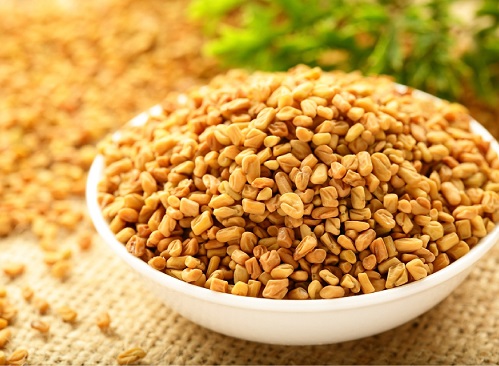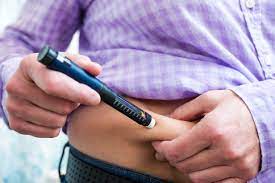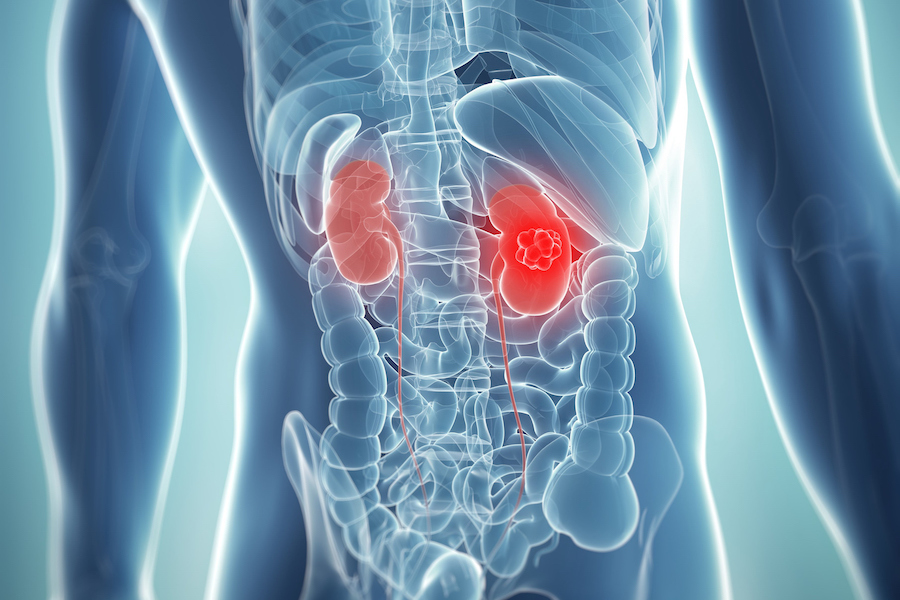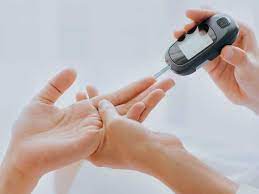Juvenile diabetes
Root Cause of Disease
Type 1 diabetes is thought to be caused by an autoimmune reaction (the body attacks itself by mistake). This reaction stops your body from making insulin. Approximately 5-10% of the people who have diabetes have type 1.
Symptoms
Symptoms of type 1 diabetes often develop quickly.
- It’s usually diagnosed in children, teens, and young adults. If you have type 1 diabetes, you’ll need to take insulin every day to survive.
- Currently, no one knows how to prevent type 1 diabetes.
Causes
- Type 1 diabetes is believed to be an autoimmune condition. This means your immune system mistakenly attacks and destroys the beta cells in your pancreas that produce insulin.
- The damage is permanent.
- What prompts the attacks is not clear. There may be both genetic and environmental reasons. Lifestyle factors are not believed to play a role.
Home Remedies to treat Type-1 Diabetes
Remedy – 1: Fenugreek
Materials : Fenugreek Seeds

Fenugreek seeds (trigonella foenum graecum) are high in soluble fibre, which helps lower blood sugar by slowing down digestion and absorption of carbohydrates This suggests they may be effective in treating people with diabetes.
Procedure:
Soaking two tablespoons of fenugreek seeds in water at night, and drinking with the seeds in the morning can help lower blood sugar levels.
Product link: Fenugreek Seeds
Remedy – 2: Cinnamon
Materials : Cinnamon

Clinical trials clarified that cinnamon also possesses an anti-inflammatory effect, which may act beneficially in diabetes. Based on in vitro and in vivo studies, cinnamon seems to elicit the regulation of glucose metabolism in tissues by insulin-mimetic effect and enzyme activity improvement. Cinnamon is a natural bioactive spice and can help maintain blood sugar levels.
Procedure:
- Just add half a teaspoon of grounded cinnamon in a glass of water, stir to mix and sip it down slowly.
- You can repeat this once a day.
Product link: Cinnamon
Remedy – 3: Buttermilk with Aloe vera
Materials : Buttermilk, Aloe vera

Aloe vera may be helpful in maintaining low blood sugar levels. Cut a few fresh slices from aloe vera leaves and consume it with buttermilk.
Product link: Aloe Vera , Buttermilk
Remedy – 4: Drumstick
Materials : Drumsticks

In the Indian subcontinent, drumsticks are a popular ingredient in many delicious recipes. Another great thing about it is that it may help manage blood sugar levels. Add a couple of slices to a jug of water and drink from this jug whenever thirsty.
Product Link: Drumsticks
Other Remedies
Satsuma
Satsuma is rich in fiber. Also it has potential to lower and control insulin levels by preventing the transformations of sugar into fats. Satsuma can be used by diabetics to keep the sugar levels under control.
Licorice root tea
It is known that licorice root extracts are excellent substitutes for sugar. When you are making your regular tea, then you should add licorice tea instead of sugar. You will get health and sweetness together in one cup.
Risk factors
Some factors that can raise your risk for type 1 diabetes include:
- Family history: Anyone with a parent or sibling with type 1 diabetes has a slightly higher risk of developing the condition.
- Genetics: Having certain genes increases the risk of developing type 1 diabetes.
- Geography: The number of people who have type 1 diabetes tends to be higher as you travel away from the equator.
- Age: Type 1 diabetes can appear at any age, but it appears at two noticeable peaks. The first peak occurs in children between 4 and 7 years old. The second is in children between 10 and 14 years old.
Complications
Over time, type 1 diabetes complications can affect major organs in the body. These organs include the heart, blood vessels, nerves, eyes and kidneys. Having a normal blood sugar level can lower the risk of many complications.
Diabetes complications can lead to disabilities or even threaten your life.
- Heart and blood vessel disease:Diabetes increases the risk of some problems with the heart and blood vessels. These include coronary artery disease with chest pain (angina), heart attack, stroke, narrowing of the arteries (atherosclerosis) and high blood pressure.
- Nerve damage (neuropathy):Too much sugar in the blood can injure the walls of the tiny blood vessels (capillaries) that feed the nerves. This is especially true in the legs. This can cause tingling, numbness, burning or pain. This usually begins at the tips of the toes or fingers and spreads upward. Poorly controlled blood sugar could cause you to lose all sense of feeling in the affected limbs over time. Damage to the nerves that affect the digestive system can cause problems with nausea, vomiting, diarrhea or constipation. For men, erectile dysfunction may be an issue.
- Kidney damage (nephropathy):The kidneys have millions of tiny blood vessels that keep waste from entering the blood. Diabetes can damage this system. Severe damage can lead to kidney failure or end-stage kidney disease that can’t be reversed. End-stage kidney disease needs to be treated with mechanical filtering of the kidneys (dialysis) or a kidney transplant.
- Eye damage: Diabetes can damage the blood vessels in the retina (part of the eye that senses light) (diabetic retinopathy). This could cause blindness. Diabetes also increases the risk of other serious vision conditions, such as cataracts and glaucoma.
- Foot damage Nerve damage in the feet or poor blood flow to the feet increases the risk of some foot complications. Left untreated, cuts and blisters can become serious infections. These infections may need to be treated with toe, foot or leg removal (amputation).
- Skin and mouth conditions: Diabetes may leave you more prone to infections of the skin and mouth. These include bacterial and fungal infections. Gum disease and dry mouth also are more likely.
- Pregnancy complications: High blood sugar levels can be dangerous for both the parent and the baby. The risk of miscarriage, stillbirth and birth defects increases when diabetes isn’t well-controlled. For the parent, diabetes increases the risk of diabetic ketoacidosis, diabetic eye problems (retinopathy), pregnancy-induced high blood pressure and preeclampsia.
Prevention
There’s no known way to prevent type 1 diabetes. But researchers are working on preventing the disease or further damage of the islet cells in people who are newly diagnosed.




